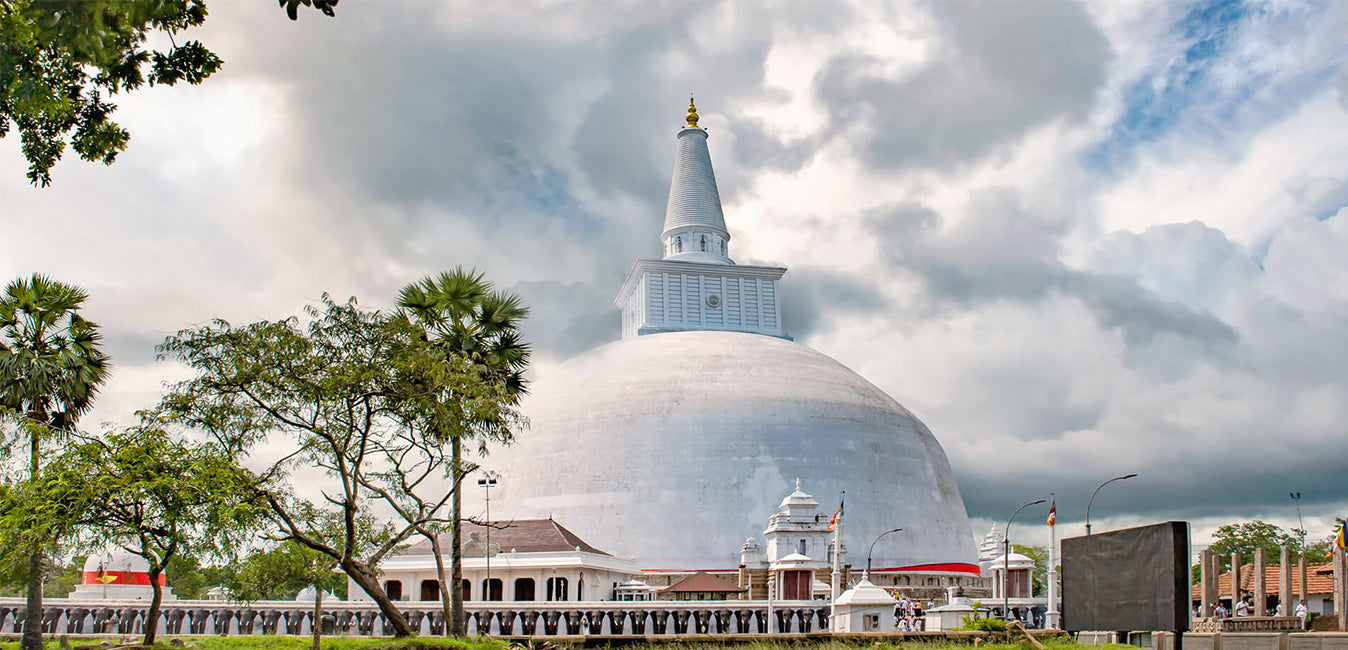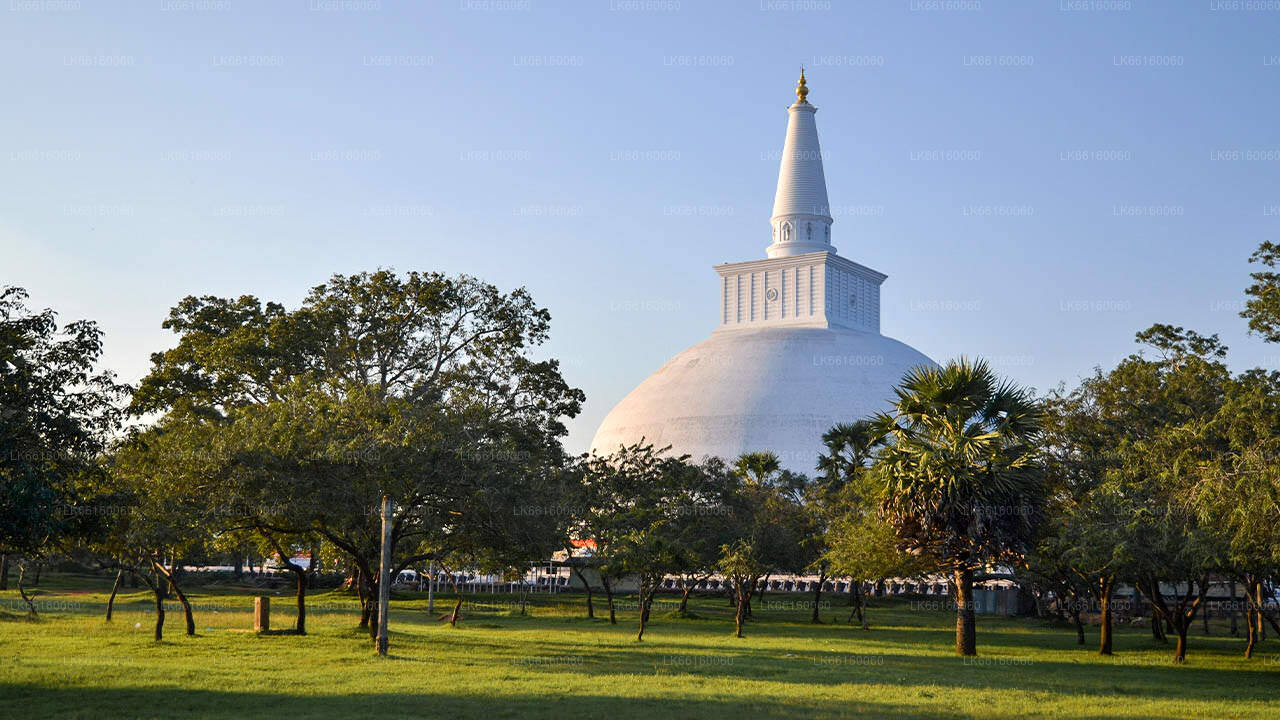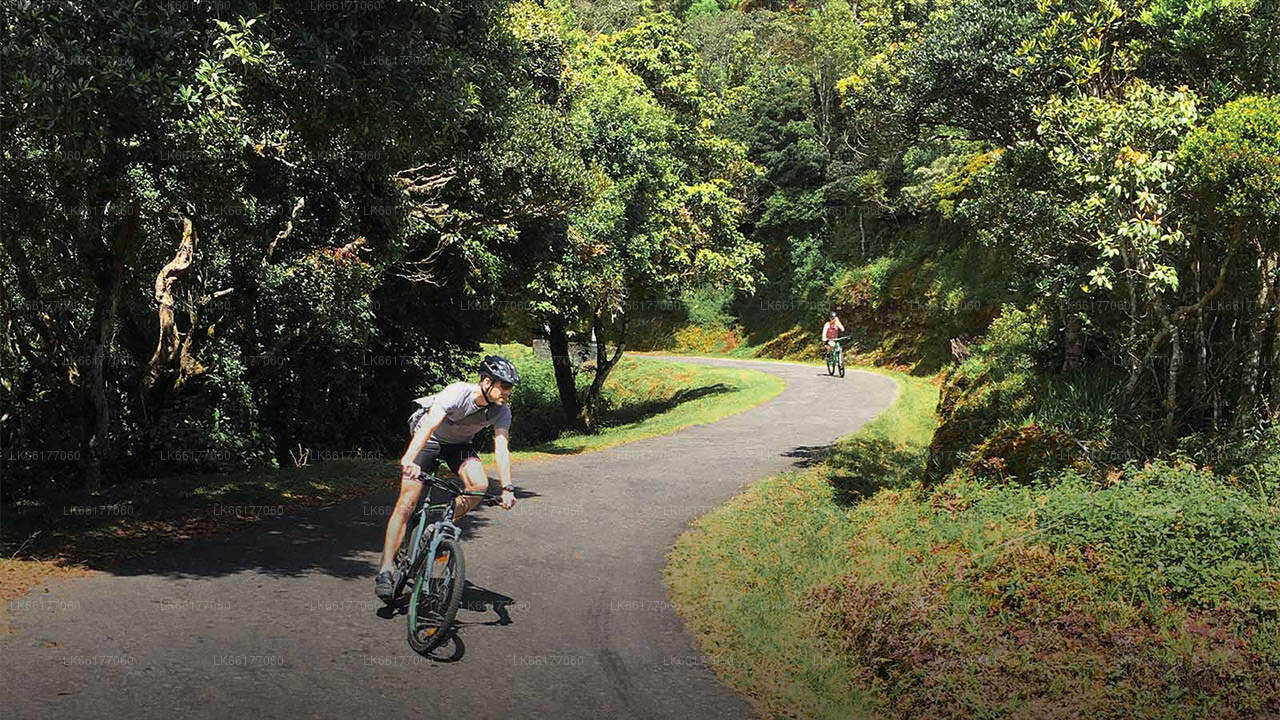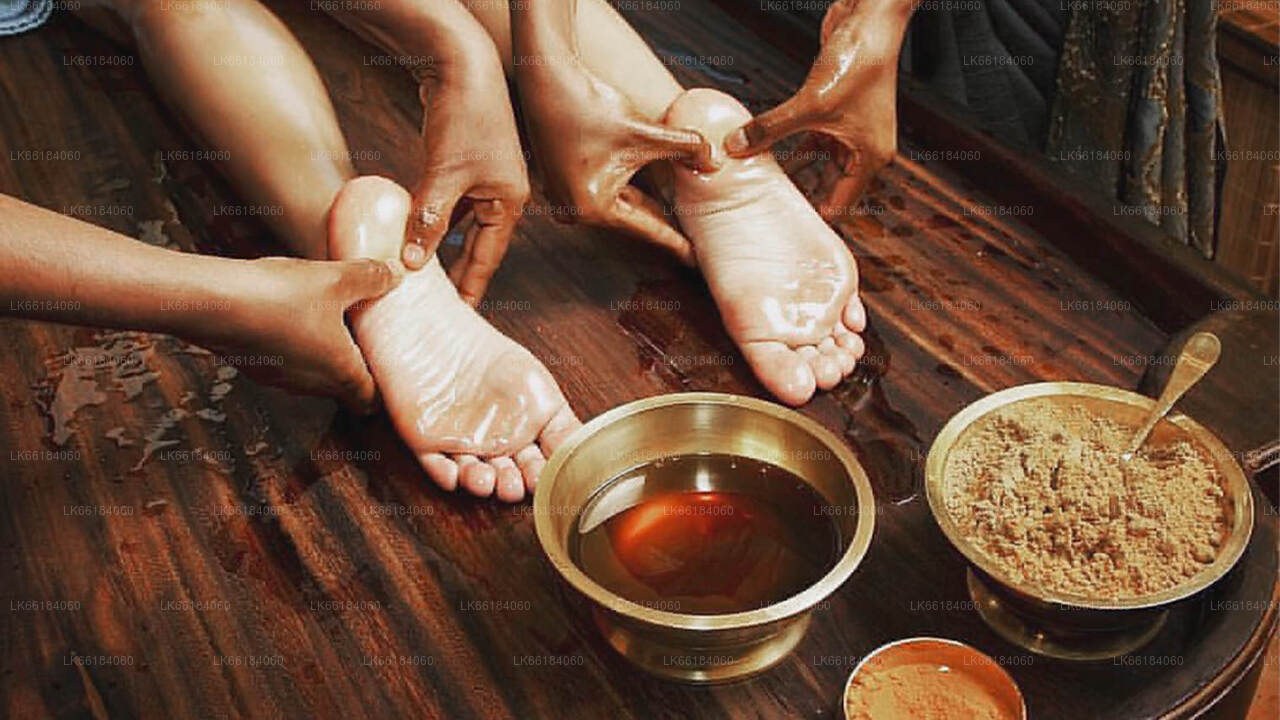
Ville d'Anuradhapura
Anuradhapura fait partie de la province du Centre-Nord du Sri Lanka. Anuradhapura est l'une des anciennes capitales du pays, célèbre pour ses ruines bien préservées de l'ancienne civilisation sri-lankaise. Classée au patrimoine mondial de l'UNESCO, la ville se situe à 205 km au nord de l'actuelle capitale, Colombo.
Ritigala Archaeological complex
This site is the monastic complex on the lower slopes of Ritigala-kande – the Ritigala Mountain – situated in Sri Lanka’s North Central Province, 25 miles (40 kilometers) southeast of Anuradhapura. These ruins are some of the most distinctive the island has to offer. The Buddhist dagobas (domed relic chambers) and statuary of Anuradhapura and elsewhere are conspicuous by their absence.
The Archeological Site of Ritigala is situated at the eastern slopes of the Ritigala mountain range, the car park and entrance of the excavation site is 20 km to the northwest of Habarana by road. It can be reached from a turn-off at the Habarana-Anuradhapura Road (A11) at a distance of 12 km from Habarana. An 8.5 km along a graveled road leads to the car park of Ritigala at the foot of the mountain range. The distance from Anuradhapura New Town is 55 km, from Polonnaruwa Archeological Site 63 km, from Kandy 113 km, and from Trincomalee 105 km.
Attraction of Ritigala archaeological complex
The reservoir: the perimeter of this huge polygonal reservoir measures 366 meters. it is said to have been dug during the reign of King Pandukabhaya (437-367 BC). Because of its location even before the entrance to the monastery, its use would have been to allow pilgrims and visitors to perform a ritual bath before entering the premises. The reservoir is crossed by a river which supplied it with water. Visitors would walk along it clockwise and reach the other side of the river.
The hospital: among the remains still visible are those of an ancient hospital and facilities for making herbal medicines, a field in which the monks particularly excelled. We can still see a bathtub used for Ayurvedic baths, as well as stones used to reduce roots and herbs to powder.
The double platforms: about fifty terraces are visible in Ritigala. On each of them, a double platform was built. They were probably surmounted by buildings housing meditation cells and other spaces devoted to common rites and teachings. Each of these platforms is oriented east-west and a stone bridge connects each pair. These platforms are typical of forest hermitages like that of Ritigala.
The traffic circles: the paved path is crossed by traffic circles visible at each intersection. These are large slabs forming a circle from which two or more paths start.
À propos du district d'Anuradhapura
Anuradhapura fait partie de la province du Centre-Nord du Sri Lanka. Anuradhapura est l'une des anciennes capitales du pays, célèbre pour ses ruines bien préservées de l'ancienne civilisation sri-lankaise. Classée au patrimoine mondial de l'UNESCO, la ville se situe à 205 km au nord de l'actuelle capitale Colombo. La ville sacrée d'Anuradhapura et ses environs abritent de nombreuses ruines. Elles se composent de trois types de bâtiments : des dagobas, des bâtiments monastiques et des pokuna (étangs). Située dans la zone aride du pays, la ville possédait l'un des systèmes d'irrigation les plus complexes de l'Antiquité. L'administration a construit de nombreux réservoirs pour irriguer les terres. La plupart des habitants sont cinghalais, tandis que le district est habité par des Tamouls et des Maures sri-lankais.
À propos de la province du Centre-Nord
La province du Centre-Nord, qui est la plus grande province du pays, couvre 16 % de la superficie totale du pays. La province du Centre-Nord se compose de deux districts appelés Polonnaruwa et Anuradhapure. Anuradhapura est le plus grand district du Sri Lanka. Sa superficie est de 7 128 km². La province du Centre-Nord offre de nombreux potentiels aux investisseurs pour démarrer leurs entreprises, en particulier dans les secteurs de l'agriculture, des industries agroalimentaires et de l'élevage. Plus de 65 % de la population de la province du Centre-Nord dépend de l'agriculture de base et des industries agroalimentaires. NCP est également appelé « Wew Bendi Rajje » car il y a plus de 3 000 réservoirs de moyenne et grande taille situés dans la province. Sri Maha Bodiya, Ruwanweli Seya, Thuparama Dageba, Abayagiri Monastry, Polonnaruwa Rankot Wehera, Lankathilake sont effrayants.

















